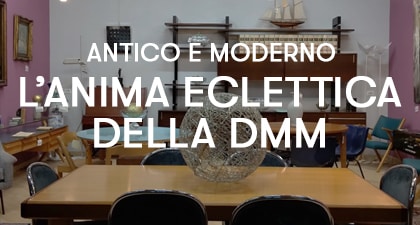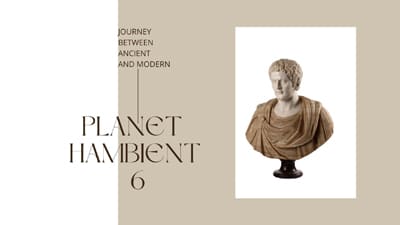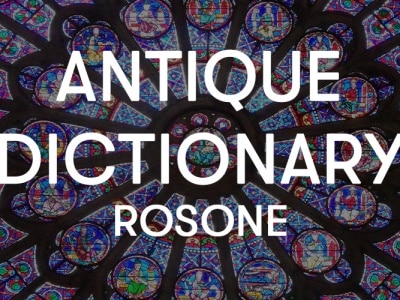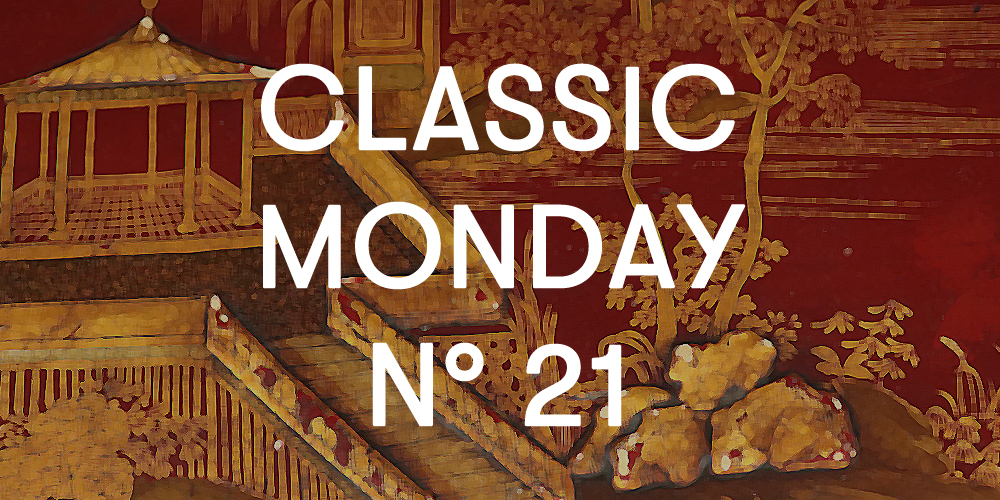
The chinoiserie style had a great diffusion from the end of the seventeenth century, but had the moment of greatest luck during the following century.
Initially it was born as a wall decoration, for which painted papers from the East were often directly imported to be then inserted into wall covers. Excellent examples are the Great Hall of the Palace of Stupinigi and the Royal Castle of Racconigi.
Here, in particular, it is appreciable a row of rooms covered with papers of the highest quality and furnished with vases and other furnishings always in chinoiserie style.
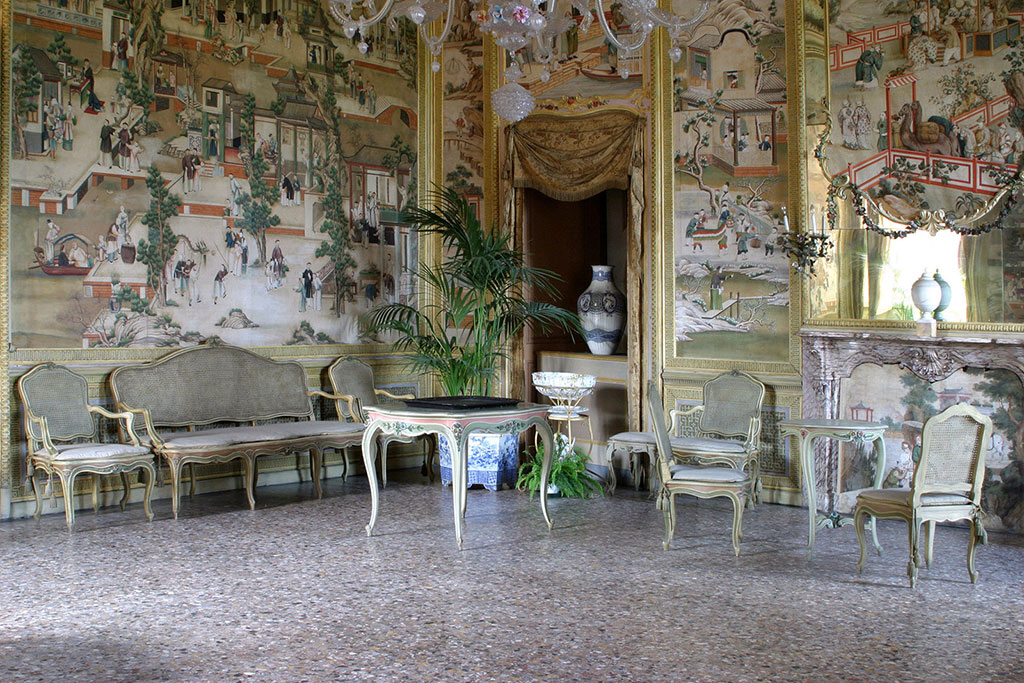
Certainly the exotic charm and the reference to a distant culture like the Chinese one were much sought after, especially for the representative environments, intended to welcome guests.
The appeal of distant figurative traditions was intended to amaze visitors, but at the same time to demonstrate the high social caliber of the owners. Especially in the case in which they were originals directly imported from China, in fact, the nobles exposed a further and tangible proof of their wealth and ability to procure sought-after and precious items. Also from an aesthetic point of view, the decorations often gilded and characterized by a strong dynamism, fully reflected the fashion of the time.
The exoticism of oriental influence was widely taken up even during the nineteenth century.
In fact, the construction of one of the most famous environments that followed this fashion dates back to 1888: the “Japanese Sitting Room” (actually of Chinese inspiration) at the Quirinale Palace in Rome. It was set up in 1888 in the long wing, on the occasion of the first visit of Wilhelm II, Emperor of Germany. The eighteenth-century black and gold lacquer panels from the Venaria Reale in Turin were reused, on which river and lake landscapes are represented, with pavilions, bridges, trees and buildings.
Even the furniture protagonist of our Classic Monday has a similar decoration, with red lacquer and gilded figures in relief in chinoiserie style.

If the structure of the dresser, of Piedmontese production, was built in the mid-eighteenth century, the lacquer dates back to the mid-nineteenth century. The Baroque style that characterizes the shapes is revealed in the wavy sides and front and combines well with the chinoiserie decoration. Scenes of rural and military life, which however recall the oriental exoticism with river landscapes and architectures that take up the pagodas, are in fact found on the sides, on the two drawers of the front and also on the floor. The views are enriched by lush vegetation and exotic animals, and are populated by figures in oriental clothing, some of them on horseback.
In our case it is a piece of furniture of Piedmontese manufacture, for which the artisans have taken inspiration from the Chinese style, at that time already widely spread and appreciated. It is not difficult to imagine our dresser inside a room furnished with the same taste, on the fashion of the oriental toilets of the great noble palaces.










